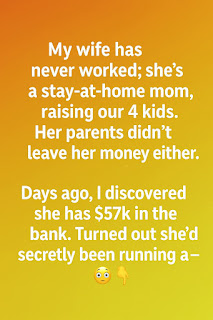In a harrowing incident that highlights the dark side of internet culture, a nine-year-old boy’s solo trip to the emergency room unveiled a story of abuse fueled by the pursuit of online fame. The boy arrived alone, complaining of intense stomach pain, but was too frightened to speak about his home life. Medical scans soon uncovered the source of his agony: a rusty nail lodged in his intestine, surgically removed by a horrified medical team. The immediate question of how such an object ended up inside a child was answered with a truth that was far more sinister than anyone could have imagined.
During a psychological evaluation, the boy gradually revealed the unthinkable. His father had been systematically forcing him to swallow inedible and dangerous objects, including nails and screws. The abuse was not an act of random rage, but a premeditated campaign of cruelty designed to create shocking online content. The father documented these acts on his phone, uploading the videos to social media platforms where he hoped they would go viral, trading his son’s safety and well-being for the empty currency of views and likes.
This case represents a terrifying new frontier in child exploitation, where the digital world’s demand for extreme content can corrupt the fundamental parent-child relationship. The boy lived in constant fear, obeying the commands because he knew refusal would lead to further violence. His silent suffering in the emergency room was a testament to the control his father wielded, a control that was broken only by the alertness and compassion of the medical and social work staff who pieced together his fragmented story.
The authorities were immediately notified, leading to the father’s arrest and the child’s placement into protective care. While this intervention saved the boy from immediate physical harm, the psychological scars from being used as a prop for his father’s online notoriety will require extensive and long-term therapy. This story serves as a grim warning about the potential consequences when the hunt for viral fame eclipses basic humanity and parental duty.
It also calls for greater responsibility from both social media platforms and consumers. Platforms must be more proactive in identifying and removing such exploitative content, while viewers must be critical of what they watch and share, understanding that behind a shocking video there could be a real victim. This boy’s pain, hidden behind a screen, is a tragic reminder that our digital actions have real-world consequences.


